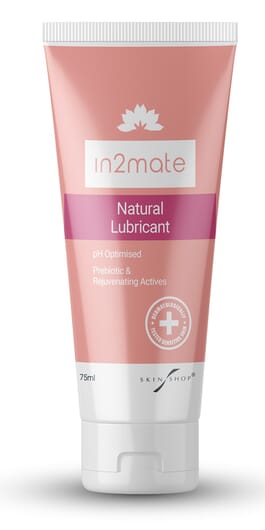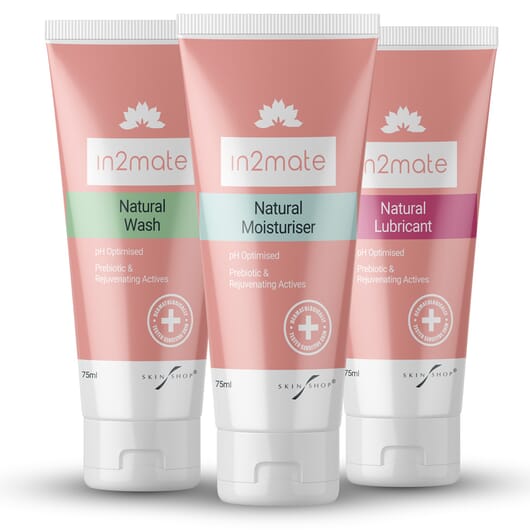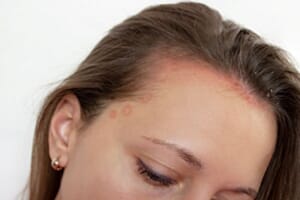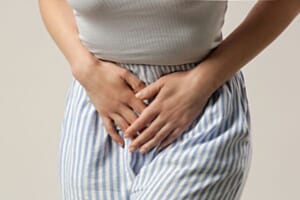All women know that their menopause is coming at some time or another but there’s still a tendency not to prepare for it but rather wait and see how bad symptoms are before seeking help or making changes.
Doctors are often less than helpful when it comes to preventative measures for menopause. Typically, if a patient mentions any concerns or raises any questions with her doctor about menopause the first thing she will be asked is ‘do you have any symptoms.’ If the answer is no then usually the subject will be dismissed until such times as symptoms appear.
However, the problem is that when symptoms do arise, the very symptoms themselves, such as disturbed sleep, physical discomfort and mood swings, often make women incapable or less effective at making the sudden barrage of changes to their lifestyles to help ease menopausal symptoms.
The sheer amount of information and advice on combatting the menopause can be overwhelming at a time when women are already feeling overwhelmed and less resilient.
Too often women in this situation will quickly resort to medications in order to deal with the sudden onslaught of menopausal symptoms which if they are unprepared for can often feel un-manageable.
It’s easy to not think too much about something if it’s not actually happening to you. Menopausewill happen for all women at some point so getting prepared for it before it arrives can help minimise the impact.
This process of change and preparation should ideally begin in the 4-5 years preceding menopause before symptoms have begun to appear for the process to be easier and less impacting on women’s health, mental state and self-confidence.
Here are #5 helpful habits to think about adopting in the years preceding the menopause in order to help make the menopause a little easier when it does finally arrive;
Get into the #1 habit of making lists
Brain fog and short-term memory loss are a common symptom of menopause, with studies estimating that up to 60% of menopausal women experience some degree of brain fog.

Brain fog can be caused by a number of issues, often a combination of disturbed sleep, low mood and vascular changes linked to hormonal fluctuations.
One of the most effective ways to prepare for brain fog is instead of trying to remember everything, also get into the habit of making lists. Check out new apps and other ways to make lists to help keep you feeling organised and in control.
In addition, new hobbies that put the brain through its paces such as learning to play chess or a memory app or computer game, learning a new language, crosswords and puzzles can help make memory more robust.
Women often focus on their physical health in the run up to menopause due to weight gain, collagen and muscle loss, but brain fog or memory loss will be can have a domino effect which prevents you from doing many of the other lifestyle changes that can help reduce menopausal symptoms.
Get into the #2 habit of using a lubricant every day
Vaginal dryness and discomfort are very common symptoms of menopause experienced by 1 in 3 women during menopause and can often be very distressing as well as painful. Not only does the reduction on female sex hormones cause vaginal dryness but thinning of the skin in the vaginal wall can also make the vagina more fragile and prone to dryness and micro damage, leading to bacterial and fungal infections.

Having a regular and enjoyable sex life can ward off a number of physical menopausal symptoms because sex keeps female hormones stimulated.
Regular and enjoyable sex also relaxes the mind and body for better sleep as well as having a positive effect on body confidence.
Vaginal dryness can cause discomfort during sex, causing disruptions to enjoyment and arousal of sex.
A natural lubricant (without perfumes or chemicals) can help address vaginal dryness and improve both physical comfort for both partners as well as improve sexual confidence.
However, lubricants in the run up to menopause should not only be considered for sex as in younger women.
Menopausal vaginal dryness can cause discomfort in other daily activities such as during sport or even just when moving around during daily tasks. Menopausal vaginal dryness is something that can be addressed and prevented on a daily basis and not just when it comes to sex. Preventing vaginal dryness by rejuvenating vaginal skin before menopause hits is key to minimising vaginal dryness.
There are vaginal lubricants that are designed for daily use and that contain rejuvenating, protective and repairing ingredients to not only lubricate vaginal skin for sex but to also help strengthen and it and reduce the risk of bacterial and fungal infections.
Like any area of skin, vaginal skin ages and needs attention to keep healthy and feeling younger.
In2mate Lubricant not only contains a natural plant based lubricating ingredients is also contains antioxidants specially designed for vaginal use and to -anti-age’ vaginal skin as well as prebiotics to help increase the growth of good bacteria in the vagina.
Used daily in the run up to menopause, In2mate Lubricant can help repair micro damage and improve the quality and elasticity of internal vaginal skin which can help guard against damage cause by menopause related vaginal dryness.
Get into the #3 habit of exercising before lunch
There is little debate among experts that exercise helps combat the symptoms of menopause as it helps control menopause related weight gain, increases feel good hormones, helps relieve stress and improves bone mass density.
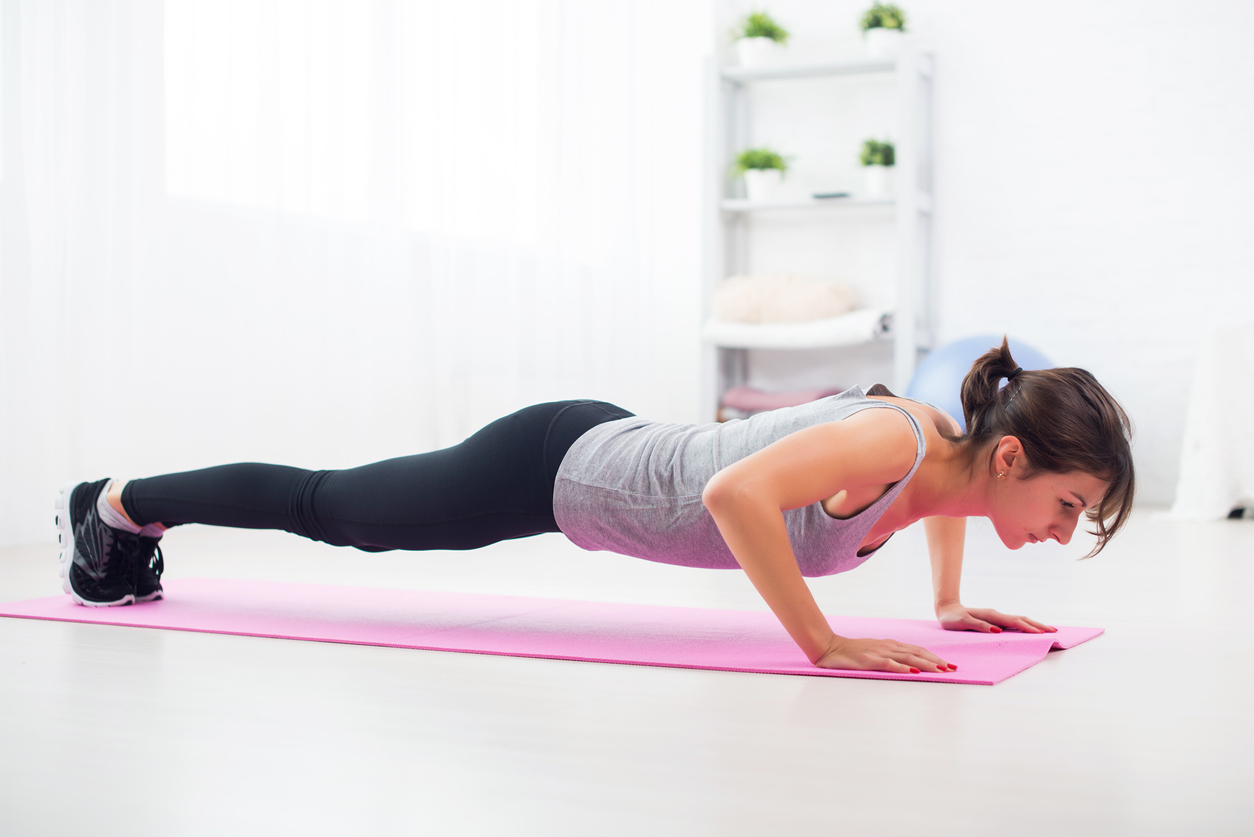
However, starting an exercise regime once you begin to feel menopause symptoms coming on can be daunting and draining as you are often lacking in energy and not used to working into you lifestyle the time it takes to regularly exercise.
Beginning to integrate a daily exercise regime into your life should begin years before any menopausal symptoms appear.
Most fitness experts agree that a combination of quick bursts of exercise such as sprinting, circuit training or spinning, to raise the heart beat combined with weight bearing exercises, so weight lifting, are the best combination for pre-menopausal weight control and muscle strength building.
But in the run up to the menopause hitting the gym at 8pm or taking a late-night spin class after work like you did in your 20’s is not ideal for preparing for menopause.
The most beneficial time of day to work your exercise into your daily routine is any time before lunch and preferably earlier rather than later in the mornings.
The reason for this is that providing you have a balanced breakfast, this is the time of day when hormones and energy are at their most stable. In addition, insomnia is one of the most physical and mood disrupting symptoms of the menopause and exercise is a stimulant. So, if you exercise later in the day or in the evening its likely to add to problems in getting off to sleep.
The earlier you exercise in the day, the more tired you will feel towards bedtime.
Even if you can’t make it to the gym every morning, a 40-60 minute HITT workout either at home or in an outside area is sufficient. For many HITT work outs you can use objects like chairs or stairs to complete your work out, you don’t necessarily need lots of home gym equipment.
They key is to get into the habit of getting your exercise in earlier rather than later in the day to help boost your mood during the day and to not stimulate you before bed time.
Get into the #4 habit of sleeping naked
Night sweats are most women’s biggest fear of menopause. Some women may experience worse night sweats than others but almost all women will experience some degree of fluctuating temperature during the night as hormonal levels start to change.

Therefore, getting used to sleeping naked in bed can be very helpful for controlling night sweats and allowing your body to cool off more quickly and naturally than if you are in bed clothes and underwear.
Many people find it hard to get used to sleeping naked and so it’s a good idea to start getting used to habit before menopause symptoms appear.
Maybe try starting off in the summer when its warmer and get used to feeling and then invest in an electric blanket in winter that allows you to continue to sleep naked during the cold weather.
Get into the #5 habit of hormone hit breakfasts
Diet can contribute to helping to regulate hormonal fluctuations during menopause but dietary changes are not a quick hit can take a long time to take effect and the types of food that are most effective can be hard to incorporate into normal daily family meals.

During the years before menopause there will be less and less of your own body’s oestrogen floating around. At this stage, if you incorporate plant based oestrogens (phytoestrogens) into your daily diet, these will bind to free oestrogen receptors and exert an oestrogenic effect.
So not only is it a good idea to get into the habit of adapting your diet to a more hormone boosting one before menopause hits and while your body is still producing some of its own oestrogen, it’s also helpful to work out the most efficient and easiest way to do this so it does not become too hard work to adapt your diet.
Breakfast is the easiest meal of the day to pack in a hormone boosting hit because the types of foods you need to eat more of are most suited to breakfast. Phytoestrogens are found in their highest doses in soy-based products as well as in apricots, berries, certain seeds (sesame, flaxseed and pumpkin), some nuts (peanuts) cereals (bran) pulses (chickpeas) and heavy greens (kail and spinach). Studies suggest that doses of between 45mg and 90mg of isoflavones, which translates to about two to three servings of phytoestrogen rich foods per day, is needed to be effective for boosting oestrogen production.
So, soya yoghurt with berries, pumpkin seed, flaxseed and sesame sprinkles with a soy milk latte is a quick and easy hormone boosting breakfast hit. Bran and oat porridge made with soy milk with tinned apricots, tofu, pumpkin seed and spinach omelettes, tofu and kail scramble or a soya and peanut protein powder and mixed berry smoothie would all make up a high hormone hit breakfast.
If you get your hormone hit early in the day there’s less pressure to try and pack these hormone boosting foods into office lunches or family evening meals. Miso soup and chickpeas are also high in phytoestrogens so if you can throw a few of these in by adding humus to sandwiches plus a miso soup before dinner then all the better, but the easiest meal of the day to really pack in a high hormone punch is breakfast.




